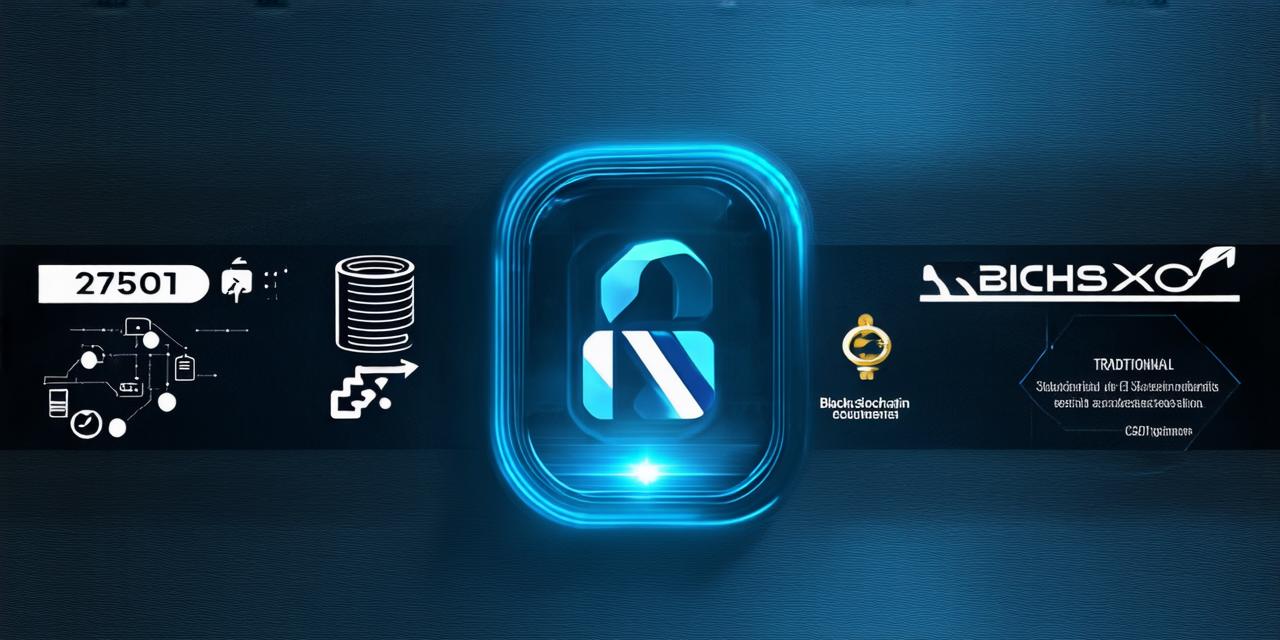How Blockchain Differs from Traditional Database Models: A Comprehensive Guide for Blockchain Developers
Blockchain technology and traditional database models are fundamentally different in their design, functionality, and security. While both are used to store data, they differ significantly in how that data is structured, accessed, and protected. In this comprehensive guide, we will explore the differences between blockchain and traditional database models and provide real-life examples to illustrate these points.
Understanding Blockchain Technology
Blockchain technology is a distributed ledger system that allows for secure storage of data across multiple nodes in a network. It was first introduced in 2008 with the creation of Bitcoin, but its applications go far beyond cryptocurrency. The key features of blockchain technology include:
- Decentralization: Blockchain is a distributed ledger system that relies on a decentralized network of nodes to validate and verify transactions. This eliminates the need for intermediaries such as banks or other financial institutions.
- Immutability: Once data is stored on a blockchain, it cannot be altered or deleted without invalidating the entire chain. This provides an immutable and tamper-proof record of all transactions.
- Transparency: Blockchain technology allows for full transparency and visibility of all transactions on the network. This makes it easy to track and audit activities, providing increased trust and accountability.
- Security: The use of cryptography and consensus algorithms ensures that data stored on a blockchain is secure from unauthorized access or tampering.
Traditional Database Models
Traditional database models are centralized systems that store data on a single server or computer. These databases are designed to handle large amounts of data, allowing for fast search and retrieval of information. However, they have several limitations, including:
- Centralization: Traditional databases are centralized systems that rely on a single point of failure. This makes them vulnerable to hacking or other security threats.
- Single Point of Failure: If the server hosting the database goes down or crashes, all users may lose access to their data.
- Immutability: Traditional databases do not provide the same level of immutability as blockchain technology. Data can be easily altered or deleted, making it vulnerable to fraud and corruption.
- Limited Transparency: While traditional databases allow for some level of transparency, they are often limited by privacy regulations and other restrictions.

Case Studies and Personal Experiences
To better understand the differences between blockchain and traditional database models, let’s look at some real-life examples:
- Bitcoin: As mentioned earlier, Bitcoin is the most well-known example of blockchain technology. It was created in 2008 by an unknown individual or group under the pseudonym Satoshi Nakamoto. Bitcoin is a decentralized cryptocurrency that uses blockchain technology to verify transactions and prevent double-spending.
- IBM Food Trust: The IBM Food Trust is a blockchain-based platform that allows for secure and transparent tracking of food products from farm to table. The platform uses blockchain technology to provide immutable records of each product, making it easy to track the origin and quality of food products.
- Amazon Web Services (AWS): AWS is a cloud computing platform that offers traditional database models as well as blockchain-based solutions. AWS provides a range of tools and services for developers to build and deploy blockchain applications.
- Personal Experiences: As a blockchain developer, I have worked on several projects that have used both blockchain and traditional database models. While traditional databases are often faster and more efficient for certain types of applications, the immutability and transparency provided by blockchain technology make it a better fit for applications where security and trust are paramount.
FAQs
1. What is the difference between a blockchain and a traditional database?
A blockchain is a decentralized distributed ledger system that uses cryptography to secure data, while a traditional database is a centralized system that relies on a single server or computer to store data.
1. Is blockchain technology better than traditional databases for all applications?
No, blockchain technology is not better than traditional databases for all applications. The choice of technology depends on the specific requirements of the application.
1. What are some real-life examples of blockchain technology and traditional database models in action?
Some real-life examples include Bitcoin, IBM Food Trust, Amazon Web Services (AWS), and personal experiences of blockchain developers.
Conclusion
In conclusion, while blockchain and traditional database models both store data, they differ significantly in their design, functionality, and security. Blockchain technology provides an immutable and transparent record of transactions, while traditional databases rely on a single point of failure and are vulnerable to fraud and corruption. As blockchain technology continues to evolve and mature, it is likely that we will see more applications that use this technology to provide increased security, transparency, and trust.
